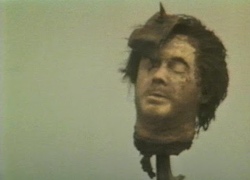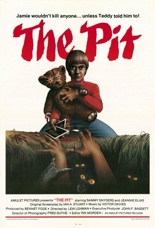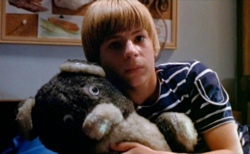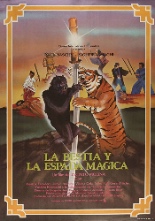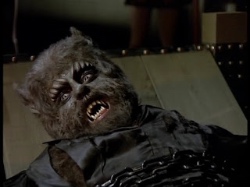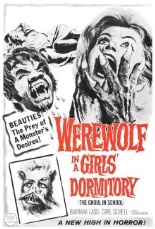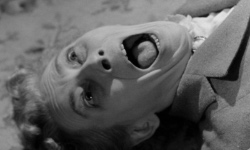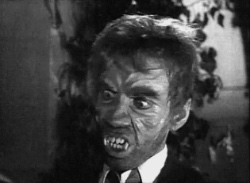
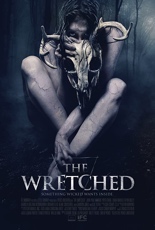 With his parents divorcing, simpering teen Ben (John-Paul Howard, 14 Cameras) catches the bus to a coastal New England town for the summer to live with Dad (Jameson Jones, Hollywood Homicide) and work at the harbor. There, Ben romances a cute co-worker (Piper Curda, School Spirits), runs afoul of local bullies and starts suspecting the MILF next door (Zarah Mahler, Nightmare Cinema) of being a witch.
With his parents divorcing, simpering teen Ben (John-Paul Howard, 14 Cameras) catches the bus to a coastal New England town for the summer to live with Dad (Jameson Jones, Hollywood Homicide) and work at the harbor. There, Ben romances a cute co-worker (Piper Curda, School Spirits), runs afoul of local bullies and starts suspecting the MILF next door (Zarah Mahler, Nightmare Cinema) of being a witch.
He’s not wrong. We know this upon seeing, well, something crawl out of a deer carcass in the dead of night. The Wretched’s witch looks nothing like Broom Hilda or Margaret Hamilton; she (it?) is a feral force of evil who hops among human hosts in order to snatch babies on which to snack. With binoculars and all-around nosiness, believer Ben becomes a Hardy Boy in a hoodie to save the town. It’s Disturbia cast with a spell of toil and trouble.
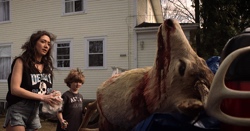 Following up the 2011 zombie comedy Deadheads, their directorial debut, Brett and Drew Pierce do a few things right in The Wretched: They accurately capture that summer-at-the-lake feeling, pump in the proper amount of the supernatural, and focus on making the witch look as creepy — and real — as possible. Although I didn’t find their sophomore effort scary, its production values are impressively high.
Following up the 2011 zombie comedy Deadheads, their directorial debut, Brett and Drew Pierce do a few things right in The Wretched: They accurately capture that summer-at-the-lake feeling, pump in the proper amount of the supernatural, and focus on making the witch look as creepy — and real — as possible. Although I didn’t find their sophomore effort scary, its production values are impressively high.
Working against this, however, are the two young leads, with Howard and Curda turning in performances that would be at home in the cheap, tossed-off movies made for the now-defunct Chiller channel. Howard, in particular, is particularly unlikable; while his character is realistically flawed, he way overplays the cool and, as a result, comes off as just a jerk — not exactly the surrogate audiences seek when hoping to fully engage with the material. —Rod Lott


